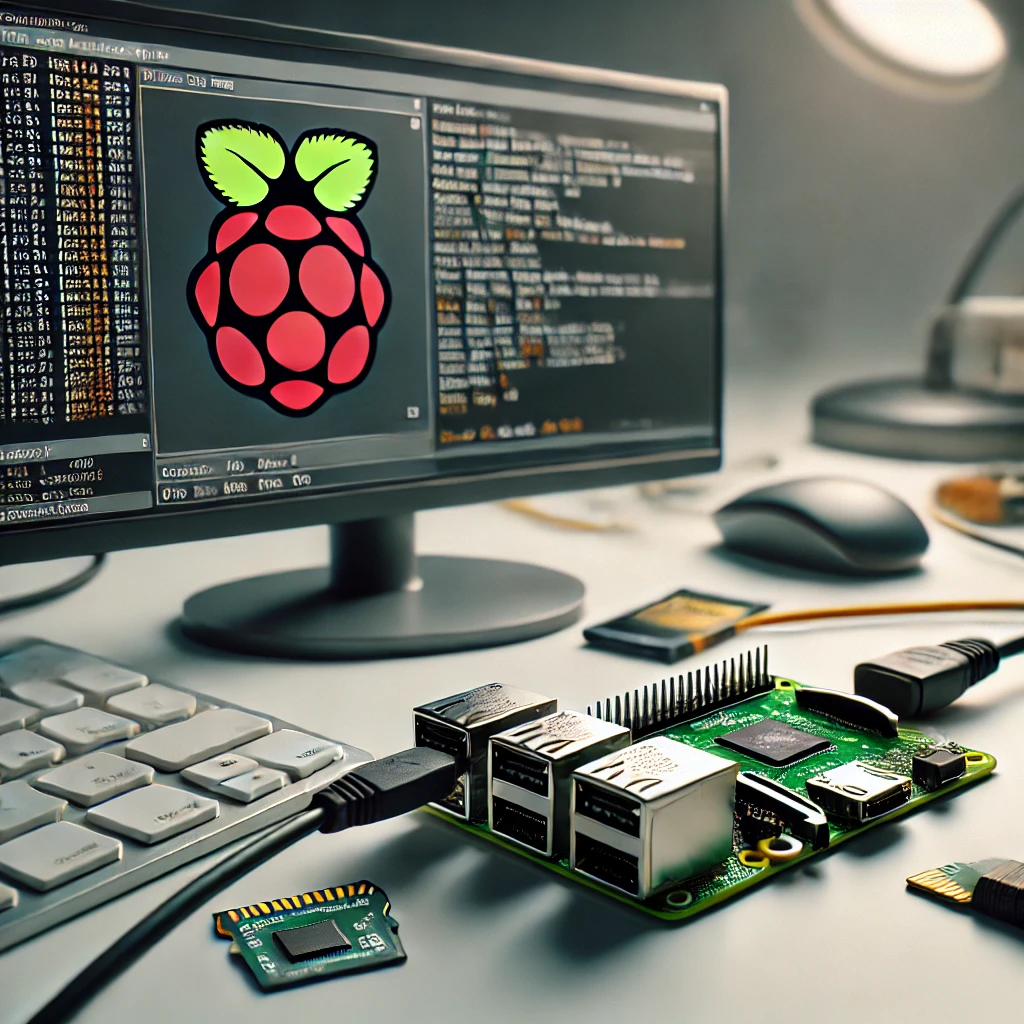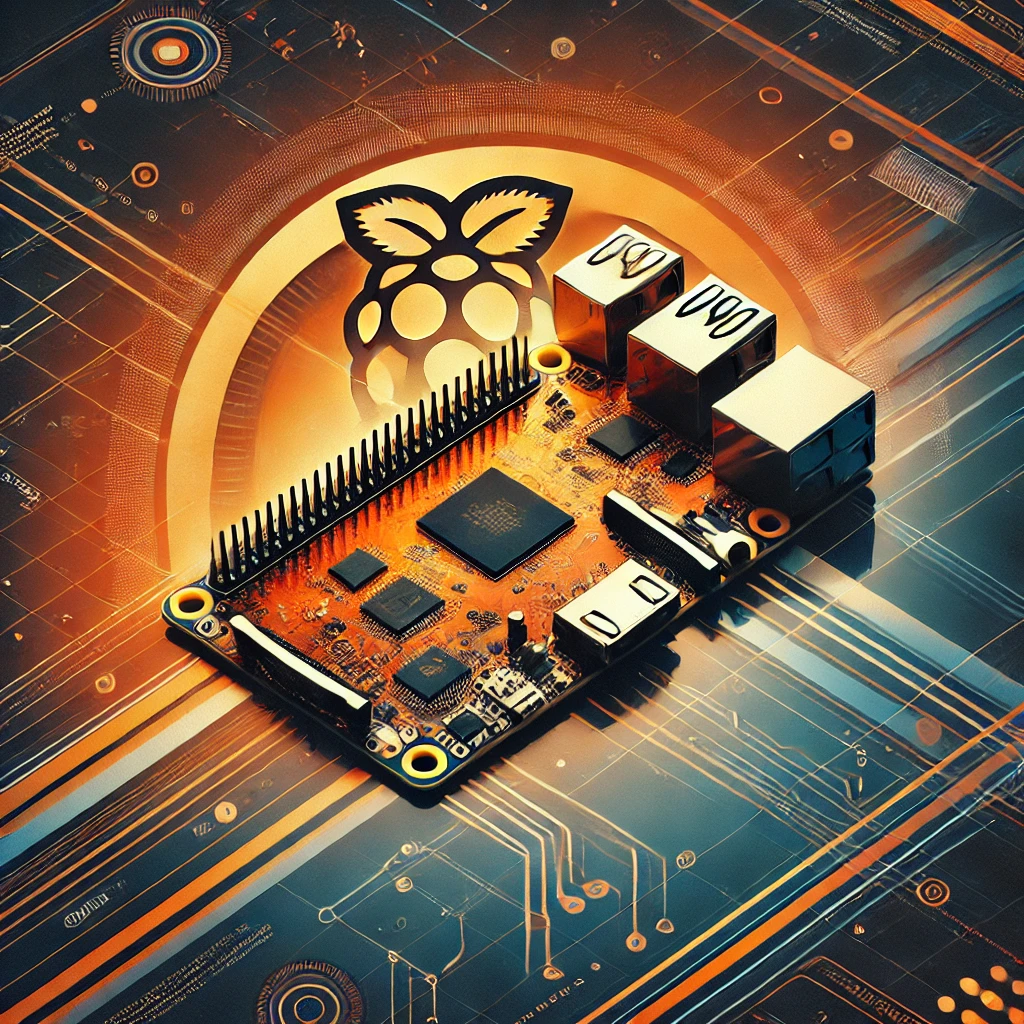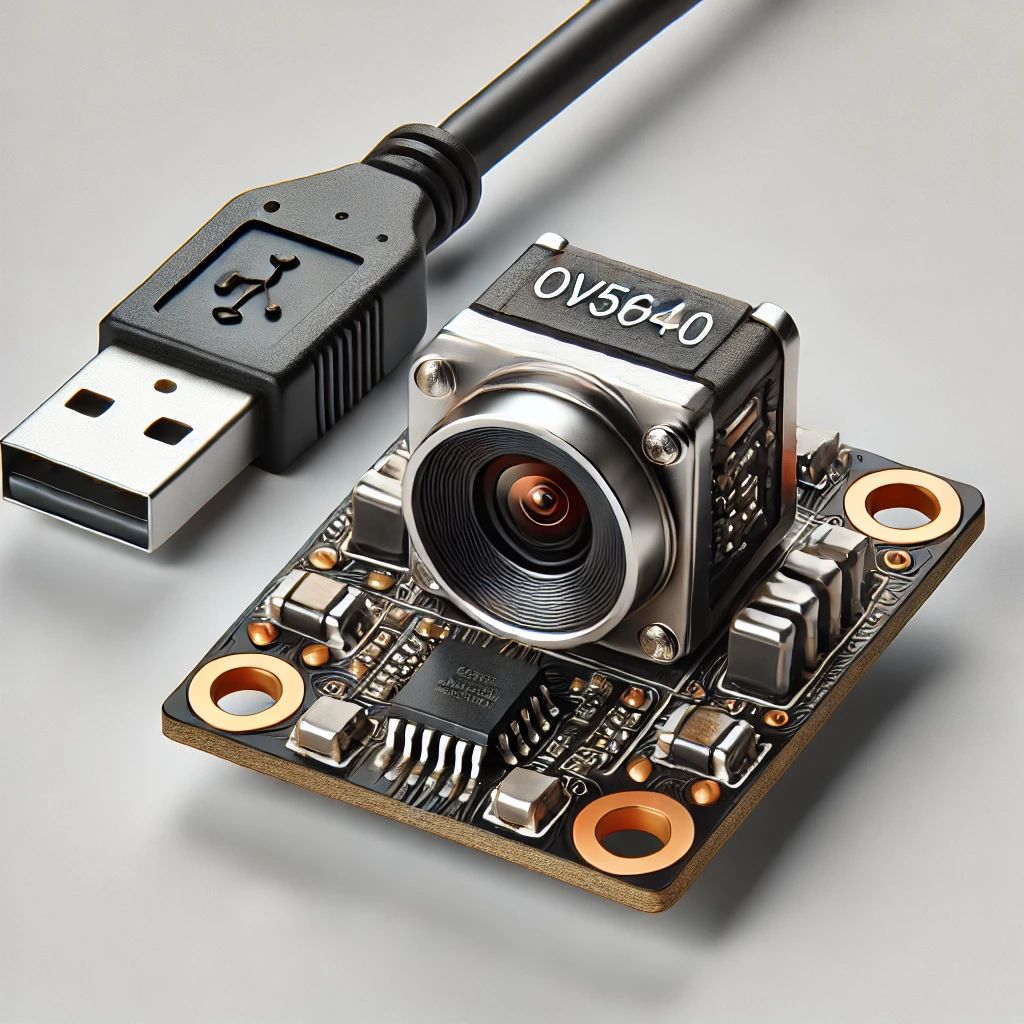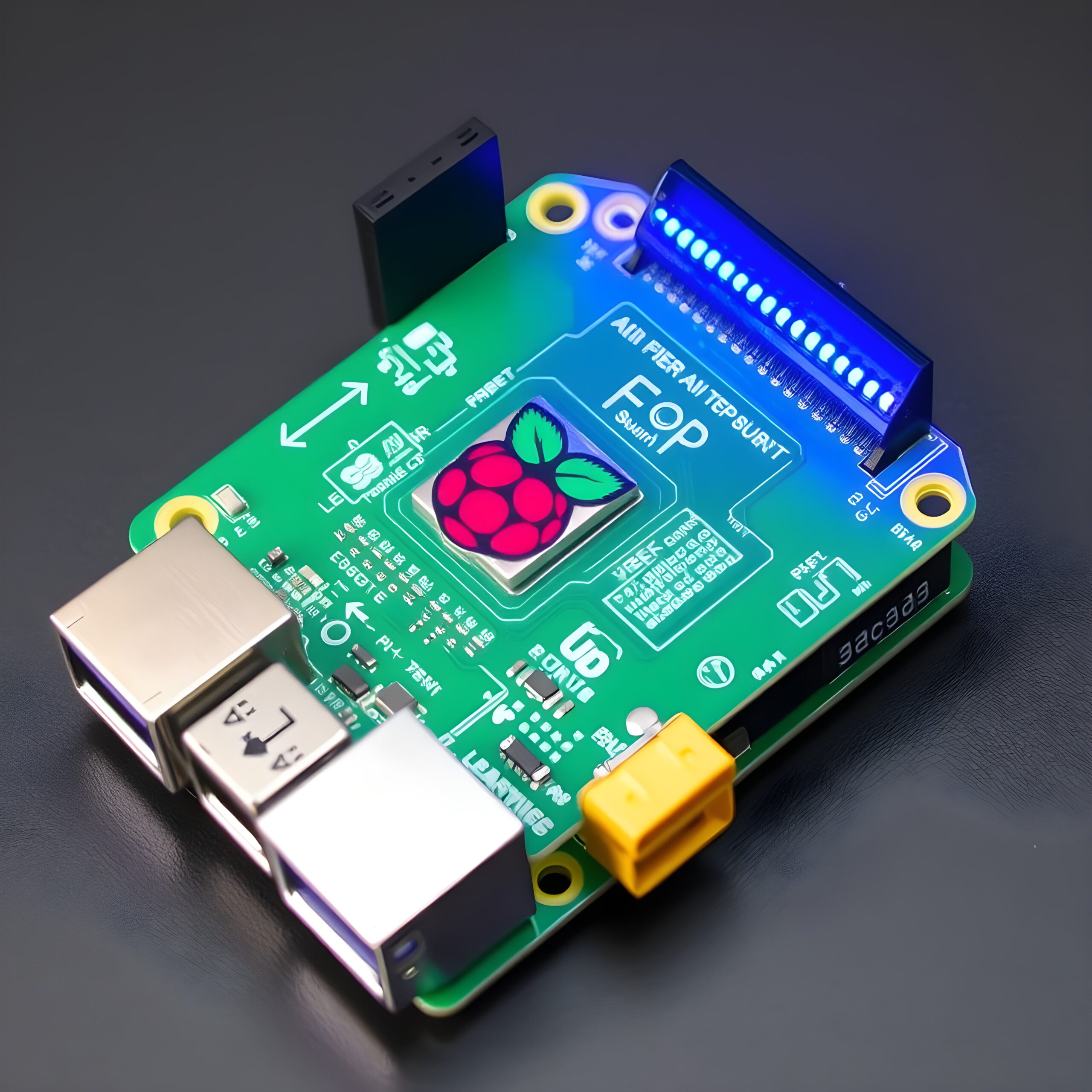Troubleshooting Raspberry Pi 5 OS Installation Issues: A Comprehensive Guide
Setting up a Raspberry Pi 5 can be exciting, but sometimes OS installation issues can spoil the fun. If you’re struggling to get your Raspberry Pi 5 up and running, this guide will help you troubleshoot the most common installation problems.
Common Raspberry Pi 5 OS Installation Issues
When installing the Raspberry Pi 5 operating system, users may encounter a range of issues. Some of the most frequent problems include:
- SD card not detected
- Failure to boot after installation
- Corrupted OS files
- Power supply issues
- Incompatible OS version
Addressing these problems requires a systematic approach. Let’s dive into each issue and explore potential solutions.
1. Check Your SD Card
One of the most common reasons for installation failures is an SD card issue. If your Raspberry Pi 5 doesn’t detect the SD card or fails to boot, ensure that:
- The SD card is properly inserted.
- The SD card is compatible with Raspberry Pi 5 (Class 10 or higher is recommended).
- The SD card is not corrupted. Try formatting the card and reinstalling the OS.
Tip: Use tools like SD Card Formatter to ensure a clean and proper format.
2. Ensure Correct Power Supply
A faulty or underpowered power supply can cause booting issues. Raspberry Pi 5 requires a stable 5V, 3A power supply. Check if your power supply meets the recommended specifications. If your device still fails to boot, try using a different power adapter.
3. Download the Correct OS Version
Raspberry Pi 5 requires a compatible OS version. Ensure that you are downloading the latest version of Raspberry Pi OS or other supported systems. Using an outdated or incompatible OS can result in boot loops or failure to boot.
- Visit the official raspberry Pi website for the latest OS version.
- Verify that the image was properly downloaded without corruption.
4. Check for Corrupted OS Files
Sometimes, the downloaded OS image may become corrupted during the process. To avoid this:
- Use a reliable internet connection for downloading.
- Verify the checksum of the downloaded image file.
- Use tools like Etcher for flashing the image to the SD card.
5. Resolve Booting Issues
If the Raspberry Pi 5 doesn’t boot, you may see a blank screen or colored “rainbow” screen. This could be due to:
- Incorrect installation of the OS.
- Incompatible display settings.
In such cases, try connecting your Raspberry Pi 5 to a different monitor or HDMI port. Alternatively, edit the config.txt file on your SD card to match your display resolution.
6. Inspect Hardware Connections
Loose or faulty hardware connections can prevent the Raspberry Pi 5 from booting. Check the following:
- Ensure the HDMI cable is securely connected.
- Verify that peripherals like keyboards and mice are correctly attached.
7. Update Firmware
An outdated firmware can also cause issues during OS installation. To resolve this:
- Use a bootable SD card with the Raspberry Pi OS.
- Run
sudo rpi-updateto install the latest firmware updates.
Additional Tips for Smooth Installation
- Backup your SD card regularly to avoid data loss.
- Check Raspberry Pi forums for troubleshooting steps specific to your issue.
- Test on another Raspberry Pi 5 unit if possible to rule out hardware issues. Visit our other website: aibrainpowered.com






